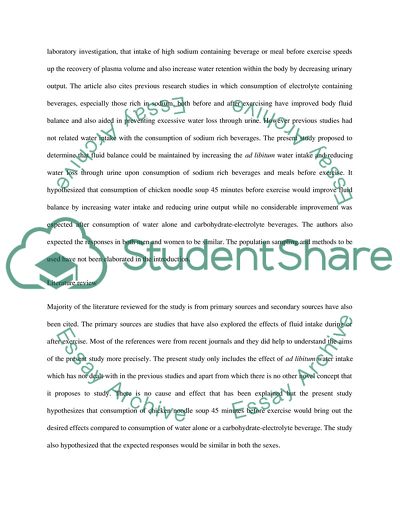Cite this document
(“The Effect of Ingestion of Beverages or Meal That Contains Research Paper”, n.d.)
The Effect of Ingestion of Beverages or Meal That Contains Research Paper. Retrieved from https://studentshare.org/health-sciences-medicine/1732109-critique-of-article
The Effect of Ingestion of Beverages or Meal That Contains Research Paper. Retrieved from https://studentshare.org/health-sciences-medicine/1732109-critique-of-article
(The Effect of Ingestion of Beverages or Meal That Contains Research Paper)
The Effect of Ingestion of Beverages or Meal That Contains Research Paper. https://studentshare.org/health-sciences-medicine/1732109-critique-of-article.
The Effect of Ingestion of Beverages or Meal That Contains Research Paper. https://studentshare.org/health-sciences-medicine/1732109-critique-of-article.
“The Effect of Ingestion of Beverages or Meal That Contains Research Paper”, n.d. https://studentshare.org/health-sciences-medicine/1732109-critique-of-article.


